What is the right approach to achieve what you see in the gif? It's a tableview with textfields. When you tap a textfield, a textview shows up with it's keypad. I have a tableview with a custom tableviewcell with a textfield(valueTextField). And in cellforrow i set the inputview of the textfield to a UITextView. When i press the textfield, the textview is supposed to show the toolbar on top (with a "Done" button) but no toolbar shows. When i tap the textview, still no toolbar.
func tableView(_ tableView: UITableView, cellForRowAt indexPath: IndexPath) -> UITableViewCell {
let cell = tableView.dequeueReusableCell(withIdentifier: "cellId", for: indexPath) as! EditProfileTableViewCell
cell.isUserInteractionEnabled = true
cell.valueTextField.isUserInteractionEnabled = true
cell.valueTextField.delegate = self
toolBar = UIToolbar()
toolBar.sizeToFit()
let doneButton = UIBarButtonItem(title: "Done", style: UIBarButtonItemStyle.plain, target: self, action: #selector(editorDone))
toolBar.setItems([doneButton], animated: false)
editorTextView = UITextView(frame: CGRect(x:0, y:0, width:view.bounds.width, height:view.bounds.height))
cell.valueTextField.inputAccessoryView = toolBar
cell.valueTextField.inputView = editorTextView
return cell
}

